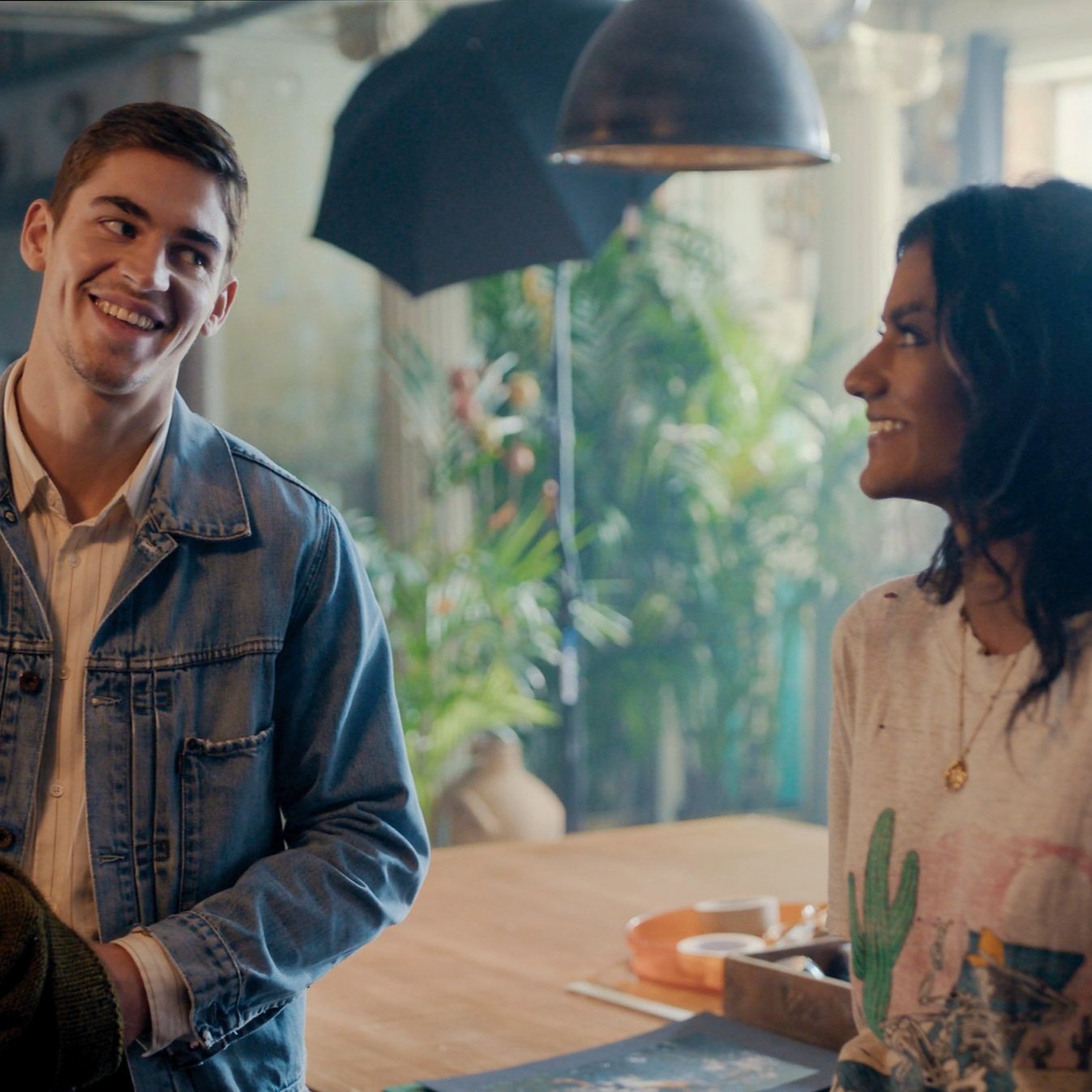Color 101: Understanding the Basics of Color Theory in Interior Design
This blog post contains affiliate links. For more information please visit our disclaimer page.
Color makes all the difference in a space. It affects how a user feels, how they perceive shapes, and how a person might use a space. There are enough design concepts, definitions, and applications about color theory to fill a large library. Today we are focusing on the generalized theory of color in interior design, and how choices affect a space.
Photo by Clay Banks on Unsplash
Color theory is a logical way of understanding color in association to other colors, and a color’s relationship to a user. This understanding was founded by Sir Isaac Newton. He referred to color as a human perception of wavelengths of light.
Color is most commonly represented as a color wheel to represent their grouping and relationships.
There are a few basic groupings this color wheel: Primary, Secondary, and Tertiary.
PRIMARY COLORS
Primary Color Wheel
In color theory, primary colors play a fundamental role in the creation of all other colors. These three colors, namely red, blue, and yellow, are considered the building blocks of color mixing. Primary colors cannot be created by using other colors. Each primary color possesses unique properties and evokes different emotions:
Red with passion and energy.
Blue with tranquility and serenity.
Yellow with joy and happiness.
The meanings of colors can vary from culture to culture and visual perception can vary person to person. Understanding the significance of primary colors allows designers to create harmonious and visually appealing spaces.
SECONDARY COLORS
Secondary Color Wheel
Formed by combining two primary colors, secondary colors possess their own distinct personalities and evoke different emotions.
Vibrant and bold, orange emerges from the fusion of red and yellow, radiating energy and enthusiasm. Green, a harmonious blend of blue and yellow, symbolizes nature and growth, instilling a sense of tranquility and renewal. Purple, the result of combining red and blue, exudes creativity and mystery.
Secondary colors breathe life into artistic compositions, offering endless possibilities for visual impact and additional layers for a space’s mood.
TERTIARY COLORS
Tertiary Color Wheel
In color theory, tertiary colors play a vital role in expanding the spectrum of hues and further enhancing the visual experience. Created by blending primary and secondary colors, tertiary colors allow for endless possibilities in artistic expression. These colors sit comfortably between primary and secondary hues, exhibiting a harmonious balance that engages the eye. Their composition possesses a captivating vibrancy and depth that breathe life into any composition. Tertiary colors can refine a spaces color palette and further narrow down a mood.
In addition to these color groupings here are a few key terms to understanding the properties of a color to create various color palettes.
Hue: the perception of a color or how it appears ( like “the tile is blue”)
Chroma: How pure is the color? Does it have tints? shades? Or tones?
Tint: white added to a color
Shade: black added to a color
Tone: grey added to a color
COLOR SCHEMES TO ENHANCE YOUR SPACE
Some colors just go better together! A color harmony brings the best colors together for a pleasing visual. You can play with harmony to engage or disengage your user. The brain will reject what is not stimulating or too chaotic visually. Harmony can balance the complexity of a selection of colors for visual interest and mental stimulation.
Here are a few basic color schemes for color harmony to try in your next project:
ANALOGOUS
This is a grouping of colors that are right next to each other on the color wheel. Like red, red-orange, and yellow. Or green, green-blue, and blue.
COMPLEMENTARY
A complementary color palette puts colors opposite the color wheen together to create balance and provide high contrast. Next to each other they will appear brighter and more prominent.
MONOCHROMATIC
A very common color palette for carrying a singular mood with interest and increased contrast is monochomatic. This is a selection of a single color with additions of tints or shades.
Photo by Jean-Philippe Delberghe on Unsplash
TIP: USE THE POWER OF ILLUMINATION
As color is a perception of light reflected off of objects and surfaces, interior designers need to take note of the lighting we are specifying for projects.
Cooler versus warmer temperature lighting makes all the difference in evoking mood, and can change the meaning of the bright orange lounge chair or the rich green drapes. Cool colors ranging from blue and green, or black and cool whites are best complemented by LED color temperatures such as 3000K or 3500K.
And warm tones are complemented by a lower LED color temperature ranging from 2000K TO 3000K. These lights will have more red-light wavelengths than blue to bring out the warmth in your space.
COLOR PACKS A PUNCH
Whether you want your space to be chaotic or harmonious, use color theory to your advantage. Color helps relay any mood to your user and express your personality. My suggestion as an interior design is to just experiment with color- strike a balance for your design goals but be bold!
SHOP BOOKS ON COLOR THEORY FOR INTERIOR DESIGN:
MORE ON INTERIOR DESIGN THEORY















